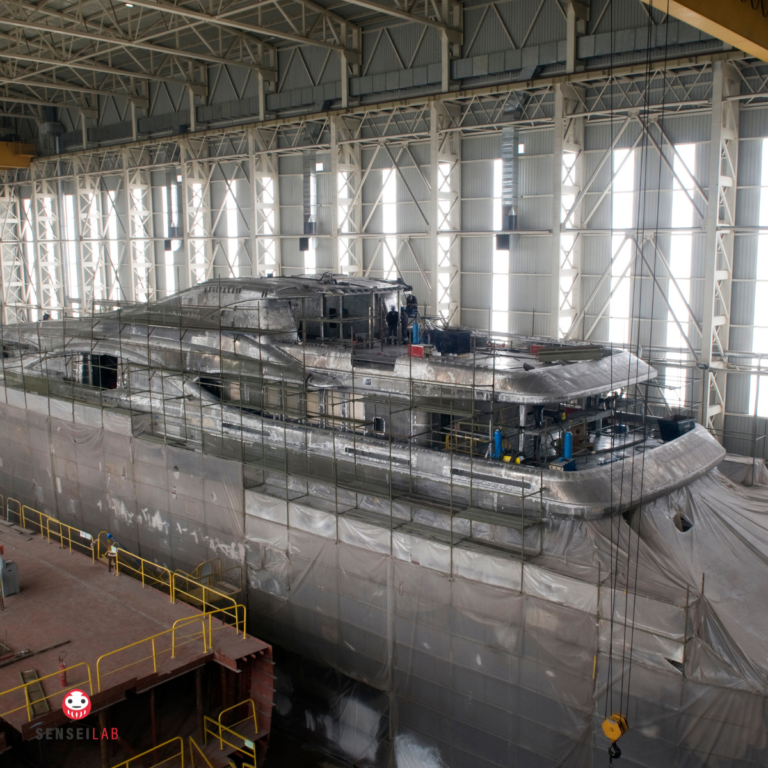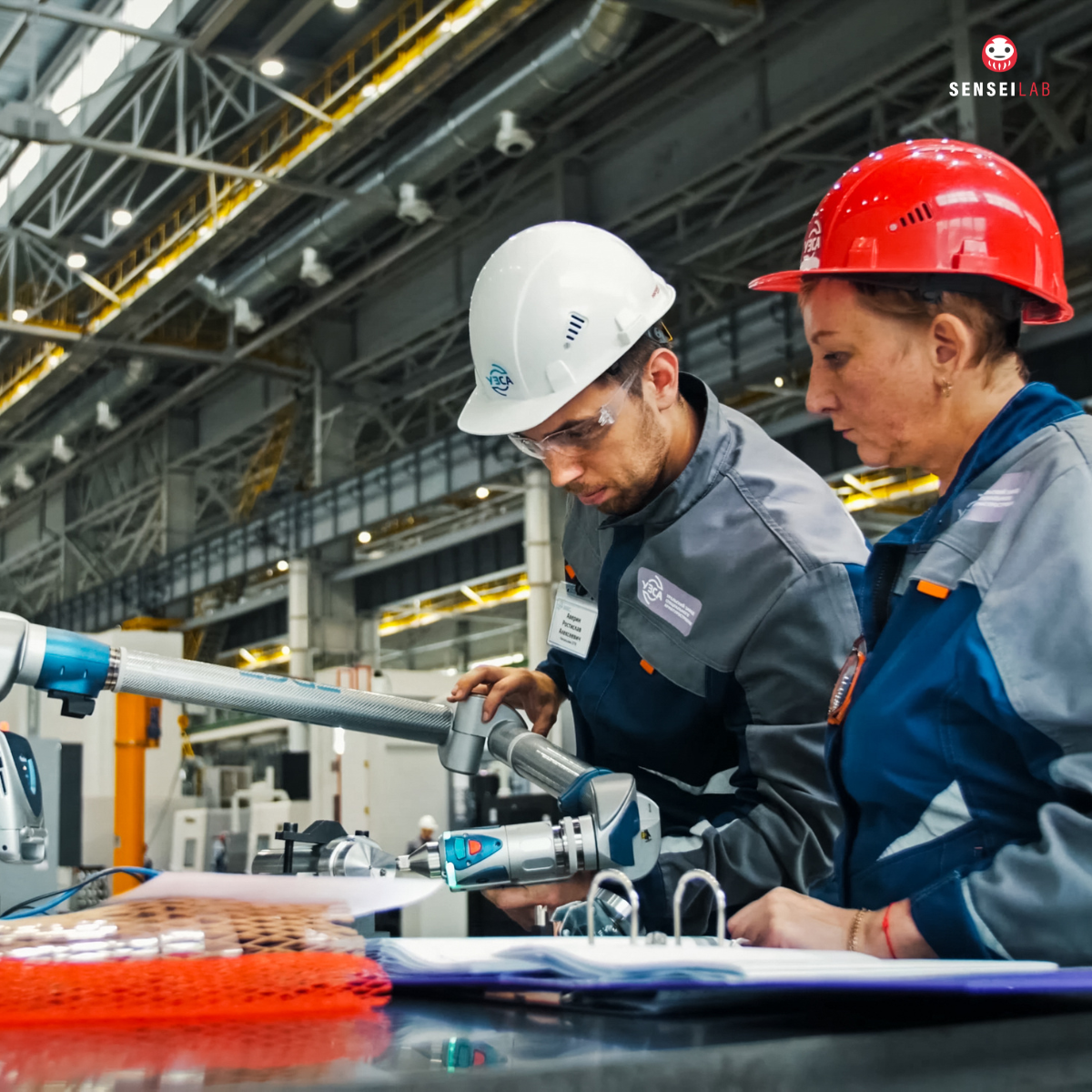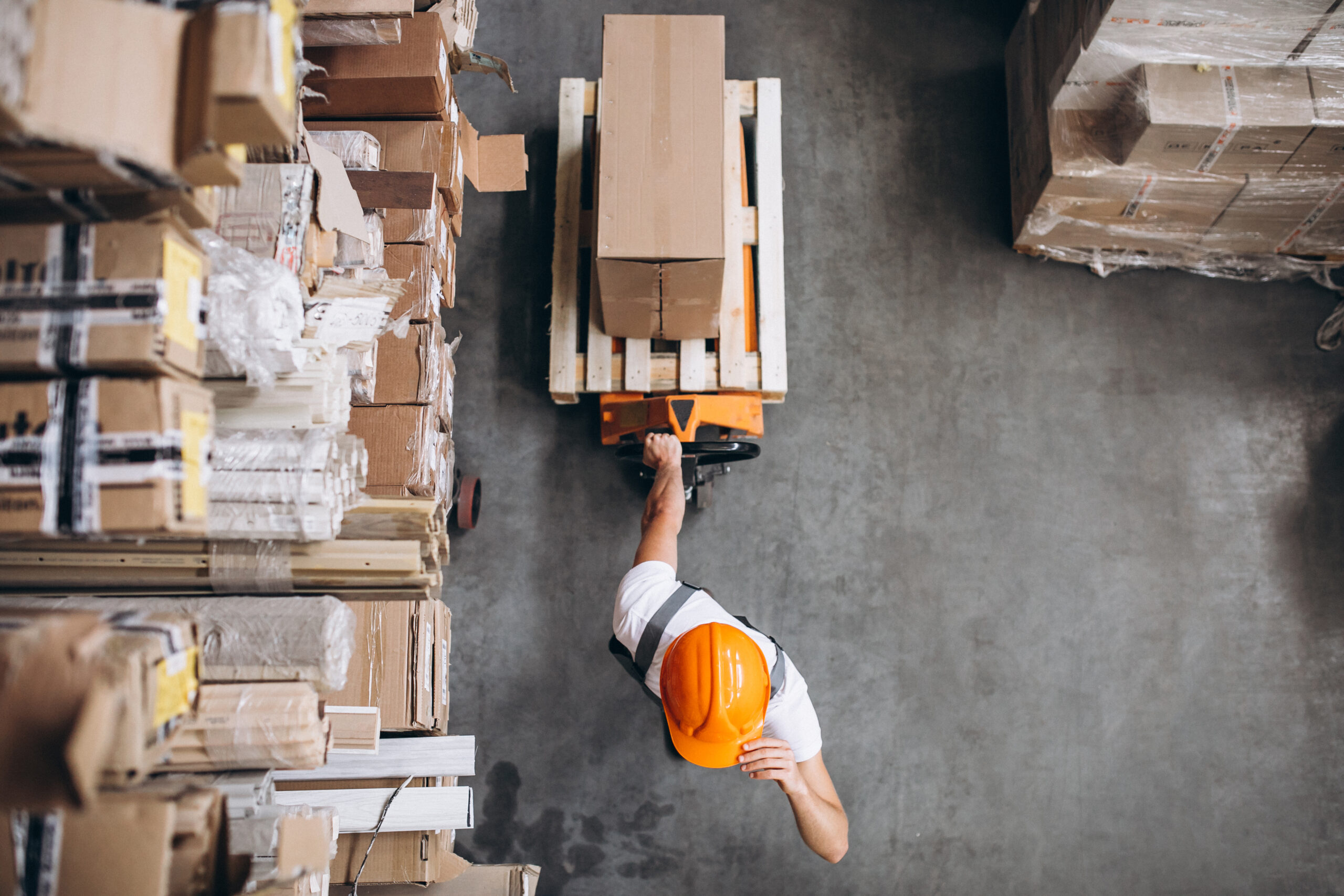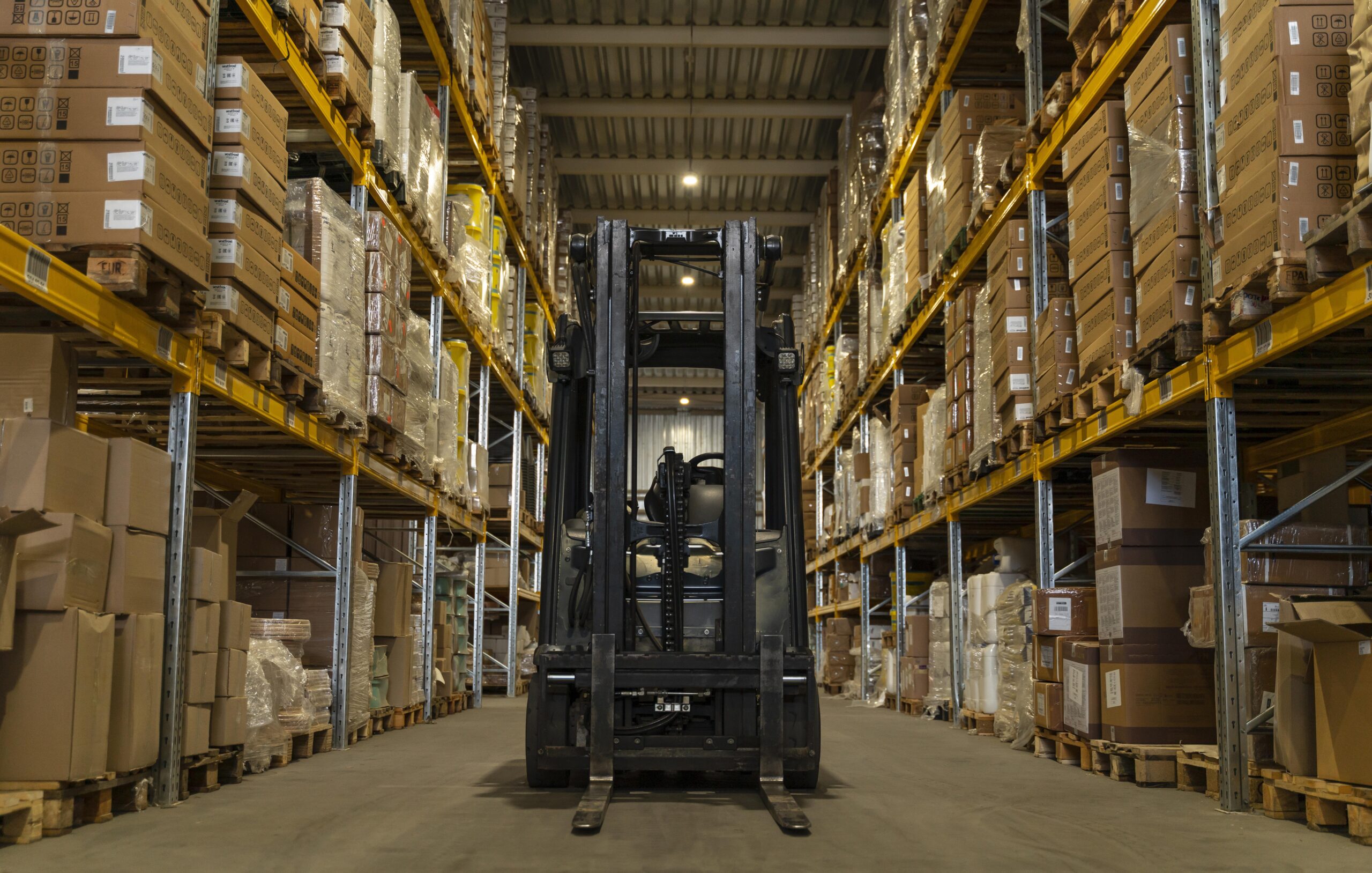In the high-precision, high-expectation world of yachting manufacturing, skilled hands are vital. But skilled minds—tuned to solve problems, think critically, and embrace continuous improvement—are what truly sustain innovation and resilience in the face of mounting workforce challenges.
Yachting manufacturers are staring down a tough reality: skilled labor is retiring, new talent is scarce, and the boats themselves? They’re getting smarter, greener, and more complex by the year.
So how does an industry anchored in craftsmanship set sail toward a future of agility and adaptability?
The answer lies not just in hiring smarter, but in thinking Leaner. And it starts with training—not only in the how of the work, but in the why behind improvement.
The Hidden Crisis: A Workforce Without a Mindset
Across the marine sector, companies are investing millions into recruitment programs, apprenticeships, and high-tech tooling. These are critical steps. But there’s a deeper shift needed—one that doesn’t just teach people to do the job, but to improve the job.
This is where Lean and Kaizen training become game-changers.
Take Christensen Shipyards, for example. Facing rapid growth and fast-paced onboarding, they didn’t just teach new hires where the tools were—they taught them how to think like problem-solvers. Every worker was encouraged to contribute one improvement idea per month. And when 1800 hours per yacht were saved by rethinking how air and power systems were installed, it wasn’t a consultant’s idea—it was the result of a culture trained to see and eliminate waste.
The lesson? A skilled worker can build a yacht. But a Lean thinker can build a better process for every yacht that follows.
Why Lean Training Is More Than a Toolbox
Lean principles—like value stream mapping, standardized work, or visual management—are powerful tools. But they’re just that: tools. Without the right mindset, they gather dust. What’s transformative is developing people to see problems as opportunities, to experiment, and to reflect.
Kaizen, in particular, isn’t just about small changes. It’s about creating an expectation that everyone—from intern to expert—is part of the improvement engine.
In industries like yachting where production cycles are long and custom-built, this mindset is gold. Each boat is a new challenge. Training people to adapt, learn from the last build, and share knowledge isn’t optional—it’s essential.
Training the Future: What It Looks Like
To build a workforce that can meet the demands of modern marine manufacturing, Lean training must be more than a one-day workshop. It needs to be a system. A habit. A way of life.
Here’s what that can look like:
- Structured Onboarding Through TWI (Training Within Industry)
Teach supervisors how to train—clearly, consistently, and quickly. This builds confidence and shortens learning curves. - Embedded Kaizen Events
Create frequent, focused opportunities for employees to improve their own work. Give them the tools and the trust. - Problem-Solving at Every Level
Use root cause analysis, A3 thinking, and visual management boards to engage teams in daily improvements—not just big projects. - Cross-Training and Soft Skills Development
As Damen Yachting discovered, technical expertise isn’t enough. Adaptability, teamwork, and communication are core competencies for the modern shop floor. - Digital Integration for Continuous Learning
Companies like Hexagon PPM are using real-time data and model-based training to help knowledge flow between generations.
The ROI of Mindset
Investing in Lean and Kaizen training doesn’t just produce better workers—it produces better thinkers. And that changes everything.
At Christensen, shipbuilding lead times dropped from 36 months to under 28. Retention rose. Morale improved. And perhaps most importantly, improvement no longer came from the top down—it came from everywhere.
In a world where technology, complexity, and customer expectations are constantly evolving, technical skill is the price of entry. But mindset? That’s the competitive edge.
Final Thought: Don’t Just Train for Today. Train to Improve Tomorrow.
The yachting manufacturing industry isn’t alone in facing workforce challenges. But it does have a unique opportunity: to shape a new generation of builders—not just with tools in their hands, but with curiosity in their minds.
Lean and Kaizen training are not luxuries. They are the foundation of a resilient, adaptable, and engaged workforce. One that can not only navigate the waters ahead—but help chart the course.
Let’s not just train people to build yachts. Let’s train them to build better ways of building yachts.




